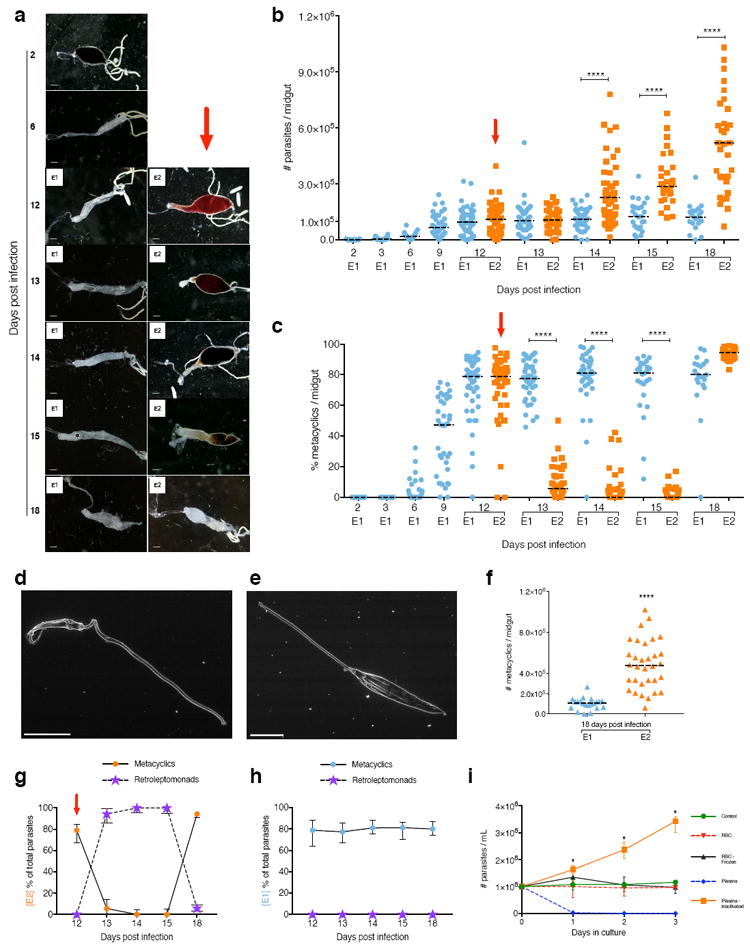Fig. 1. Leishmania metacyclics differentiate into replicative retroleptomonads after a subsequent blood meal enhancing sand fly infectiousness.

(a to h) Leishmania infantum-infected Lutzomyia longipalpis sand flies. (a) Midgut images. Bars, 150 μm. (b) Midgut parasite number. (c) Percent metacyclics. (d and e) Metacyclic (d) and retroleptomonad (e) EM images. Bars, 5 μm. (f) Number of metacyclics. (g and h) Proportion of metacyclics to retroleptomonads in E2 (g) or E1 (h) sand flies. E1, sand flies engorged on an infected blood meal (BM). E2, infected sand flies engorged on a subsequent uninfected BM. Red arrow, subsequent BM. (i) Metacyclics cultured with blood components. Bar, Median (shown ± interquartile range for g to i). (b to c and f to h) Cumulative data shown from four independent experiments; n for each condition is specified in Supplementary Table 1; (a) and (d and e) images are representative of four or two independent experiments, respectively. *P<0.05, ****P≤0.0001 determined by Mann-Whitney’s U-test for parasite number and by N1-Chi-squared test for percent metacyclics.
